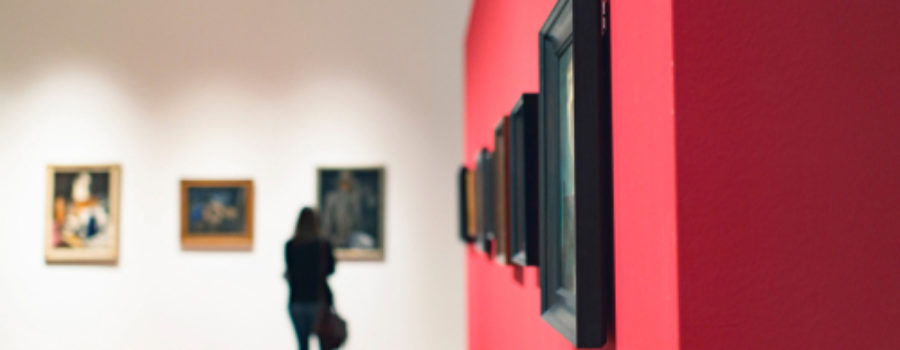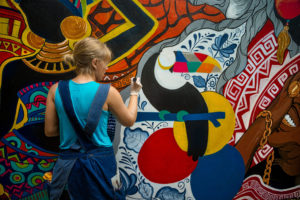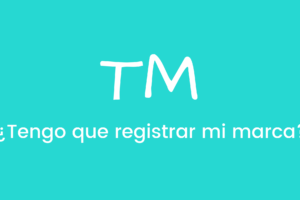What do museums need to know about intellectual property? A lot actually! Through intellectual property museums protect not only their rights, but also the rights of the artists.
Intellectual property can be a tricky subject, particularly for museums. Museums specialize in different areas. The IP issues and needs of a natural history or transportation museum will be very different from those of an art or modern art museum.
Most museum IP concerns are related to copyrights. Two of the most common questions are whether or not they own the copyright to the work, and if the work is copyright protected. The quick and simple answer to these questions can be found through a museum’s acquisition records and provenance of the work. However, these are not always as complete or thorough as they should. Acquisition records should state, among other things: (i) the year in which the work was created, (ii) the name of the artist(s)/creator(s), (iii) how the museum acquired the work, such as through a purchase, auction, donation or other, (iv) year of acquisition, (v) provenance history of the work, and (vi) rights reserved by the creator, if any. If this information is accurate and complete, it will hold the answer to many copyright questions.
In some instances, museums get creative and claim copyright ownership for the museum’s images of the works in their collection and charge royalty fees for their use. This creativity, can cause more harm than good and land the museum in legal woes.
This same advice is true when creating promotional materials. Not everything on Google Images or other search engine is public domain. Therefore, museums should steer away from using images found online as the backdrop for their promotional creations. At minimum, verify if the image is copyright protected, if so, contact the artist for the appropriate licensing.
Museums are always searching for sources of income. One way, is to create and protect their brand identity and commercialize it. This way, incorporating trademarks into the mix and using the brand for income. Another is to identify one thing which sets them apart from others, such as an architectural feature or other element which is uniquely theirs. And use that feature as part of their identity and commercialization strategy.
All in all, museums should not be scared of intellectual property but embrace copyrights and trademarks. The key, as in everything else is understanding it and training your team.
Author: Patricia Ramírez Gelpí, J.D., LL.M.
Image: Ysbrand Cosijn/Shutterstock.com





